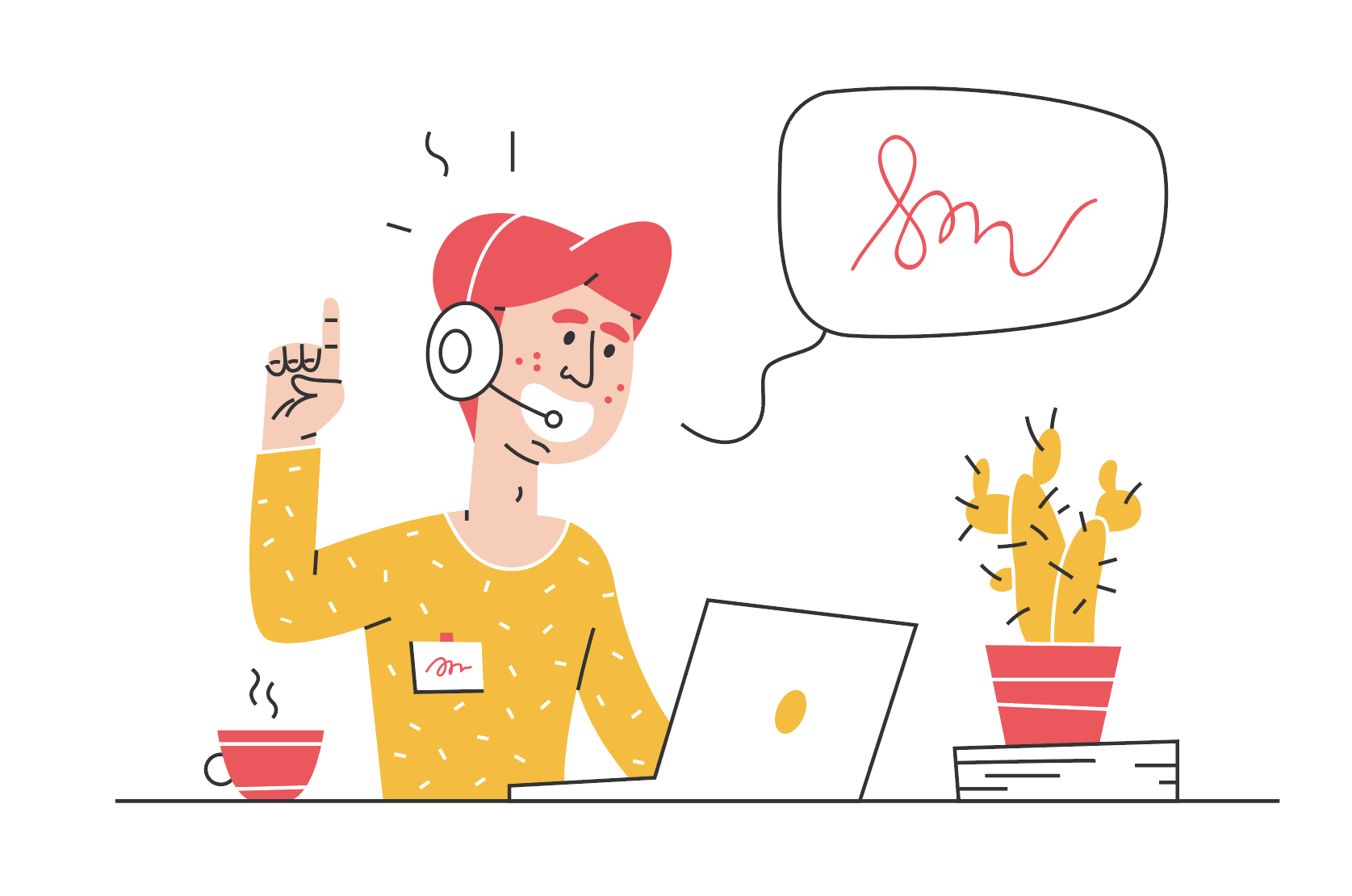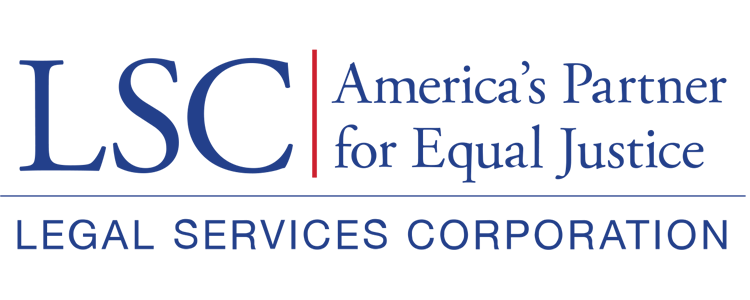How Hotlines Help Reach Clients during COVID-19

Why create a hotline?
Organizations have used legal hotlines for decades to help many people quickly, and for free. Hotlines are also a particularly useful way legal aid organizations can serve clients remotely during the coronavirus pandemic.
There are several ways to run a hotline, from offering advice to purely information. However, if an LSC grantee wants to provide advice, the organization needs to screen clients for citizenship/alien eligibility. Additionally, if LSC funds are used to support the case, the client must also meet LSC's financial eligibility requirements.
Below is more information about how two LSC grantees launched COVID-19 hotlines.
Case Study One: A single hotline for all COVID-19 issues
In April, Legal Aid Service of Northeastern Minnesota (LASNEM) launched their first legal advice hotline (1-800-933-1112) to cover a range of COVID-19-related issues -- including family law, domestic violence, housing, elder law, and government benefits, among others.
This all-purpose hotline screens callers for eligibility and issue category. Callers deemed eligible for service wait for an attorney to call them back later that same day. The responding attorney then provides legal advice or decides whether the case merits extended service and denotes that in their case management system. Staff attorneys at LASNEM's headquarters select these referred cases themselves or are assigned to them.
One to two attorneys take turns staffing this hotline in three hours shifts. This shift system allows LASNEM to operate the hotline from 8:30 a.m. to noon and 1 p.m. - 4:30 p.m. Monday through Friday. A telephone translation service is available for clients.
LASNEM created its COVID-19 hotline after analyzing workflow problems for a TIG grant focusing on business process improvement earlier in 2020. Staff wanted to find a way to assign cases faster and to deliver quicker services in general to people struggling in the pandemic.
Since launching their hotline in mid-April, LASNEM leadership reports opening about 900 hotline cases. Staff closed about 40% of these hotline cases after the legal advice was given, and staff attorneys provided extended services to the remaining 60% of cases. Attorneys strive to call clients back with advice within one hour and email links to more resources after each call.
LASNEM advertised the hotline in Facebook posts and in media articles.

Photo cropped via Simplr Solutions | Flickr
Case Study Two: Repurposing Existing Hotlines for COVID-19 issues
Idaho Legal Aid Services (ILAS) operated three legal advice lines before COVID-19: one dedicated to housing, another for domestic violence, and the third for senior issues. After ILAS's staff began working remotely in March, the organization expanded its senior hotline to create a COVID-related line.
Callers reach the COVID-19 Legal Advice after first dialing the Idaho statewide legal aid phone number ((208) 746-7541). Callers are then directed to a rotating team of 11 intake specialists who screen for potential COVID-19 clients in English or Spanish. If eligible for service, clients wait for a call back from a staff attorney that day. The responding staff attorney can close the case after giving advice or decide the case merits extended services. Most ILAS staff attorneys manage a mix of extended service cases as well as shifts on the advice lines.
A team of nine attorneys operates the coronavirus hotline in shifts from 9:00 a.m. to 4:00 p.m., Monday through Friday. When Idaho closed courts for the pandemic, ILAS re-assigned its litigation attorneys to the hotlines to achieve the staffing level needed for these hotline hours. However, leadership noted maintaining staffing has been difficult since the courts re-opened, and attorneys need time off to address their own COVID-19 needs.
Creating this hotline didn't cost ILAS anything because the organization had the existing technology infrastructure and current hotline policies and procedures. The organization also previously adopted a centralized intake system and installed a modern phone system in 2019. ILAS staff reported these resources enabled them to launch their new COVID-19 hotline after only about 12 hours of planning in March.
Between March 16 and July 31, ILAS leadership reported closing 141 pandemic-related cases through the hotline. The majority of hotline cases opened up so far have been related to housing issues. ILAS attorneys aim to call clients back within two to four hours after intake.
ILAS shared the COVID-19 Legal Advice line in a public announcement and social media posts. ILAS also ran ads on Facebook and in the Iowa Statesman newspaper as well as informed state crisis centers and the Iowa Commission on Aging.
Lessons Learned
- LASNEM and ILAS found that some attorneys or paralegals who had never staffed hotlines before were unaccustomed to the quick pace of hotline case research, but that staff gained confidence over time. ILAS found it was easier to train new attorneys on how to close hotline cases thanks to already having a written procedure from their preexisting hotlines.
- LASNEM and ILA found it was necessary to carefully train staff on any new procedures for referring cases for extended service and how to track cases.
- Finding and maintaining the right staffing level is a delicate balance, per both organizations. LASNEM was able to "overstaff" the hotline shifts until leadership could discern what the busy calling times were every week and adjust staffing accordingly. ILAS had to hire temporary attorneys to fill holes when staff attorneys needed time off, but they may need to fundraise to cover these costs.
- ILAS found it helpful to designate some attorneys as "go-to" subject matter experts so others can ask them questions
- ILAS's hardware and policies from previous hotlines and LASNEM's planning for a video series for their TIG grant helped ease these organizations' COVID-19 hotline launch. Leaders from both organizations noted if they were able to do it again, they would spend more time, in the beginning, strategizing how to overcome problems. For example, leaders recommended brainstorming potential workflow issues (such as case assignment bottlenecking) and coming up with plans to address them.
- ILAS also recommends spending extra money on hotline technology if it means an organization can track data like wait times and dropped calls (features their current system cannot do.)
Additional Resources
- ABA's 2001 legal advice hotline best practices
- Another LSC hotline Best Practices case study
- AARP's 2001 "How To Manual” for Legal Hotlines for the aging
- Next Generation Legal Hotline technology presentation from the 2017 TIG Conference
- TIG’s Call Center Technology Toolkit
- Website about senior legal hotlines from Michigan’s Center for Elder Rights Advocacy
